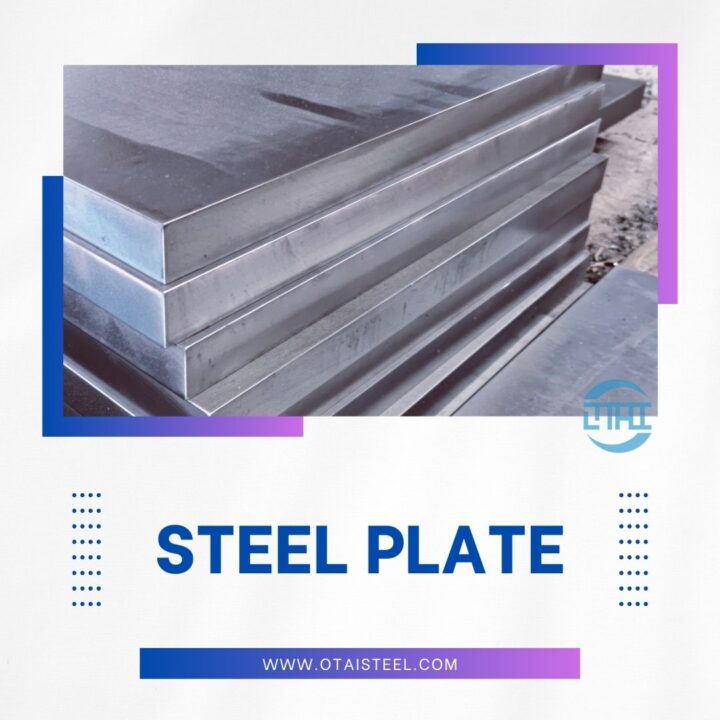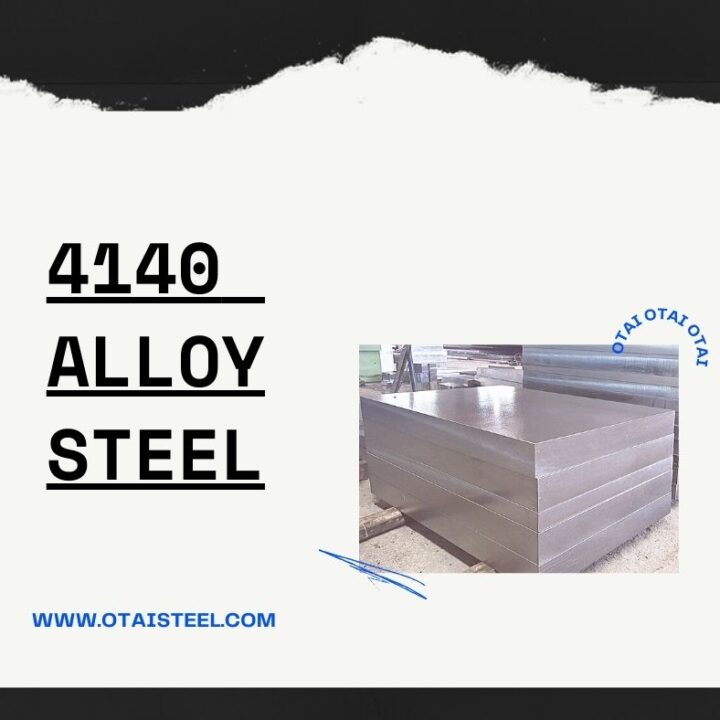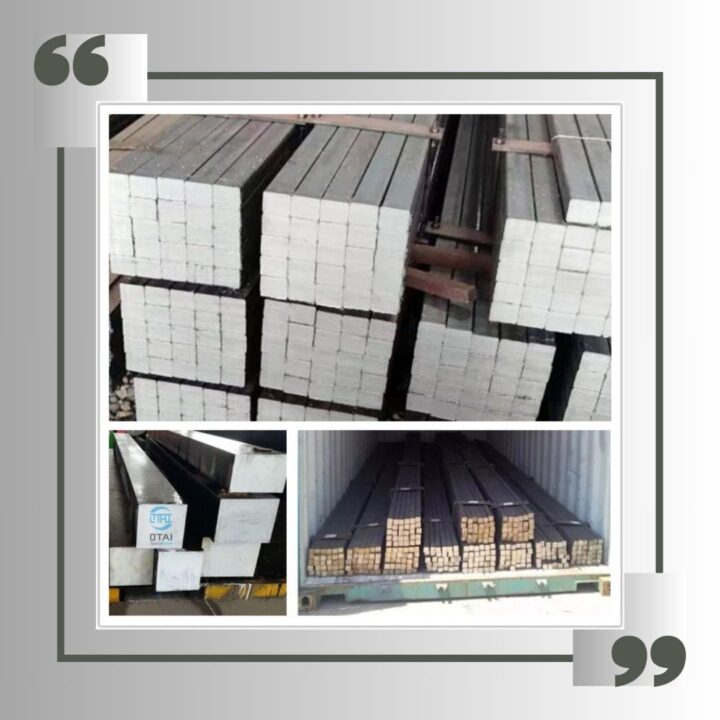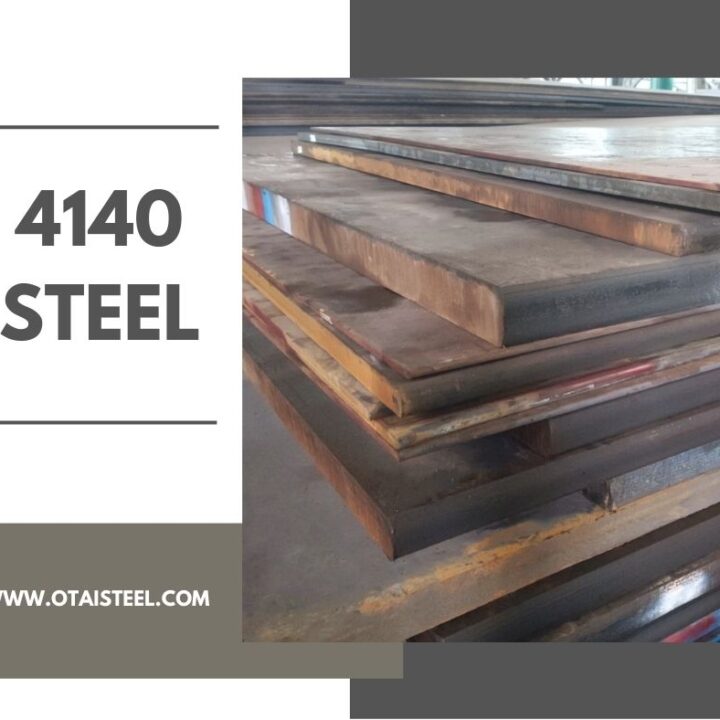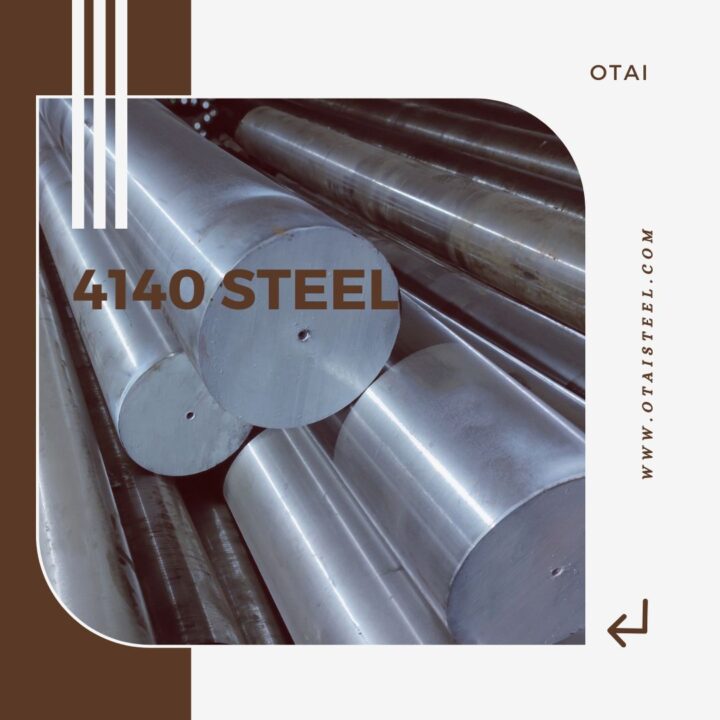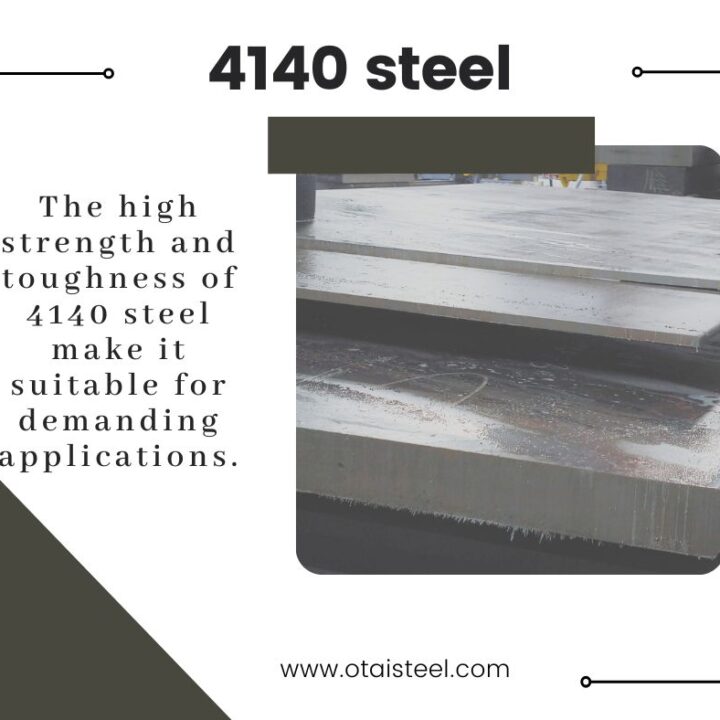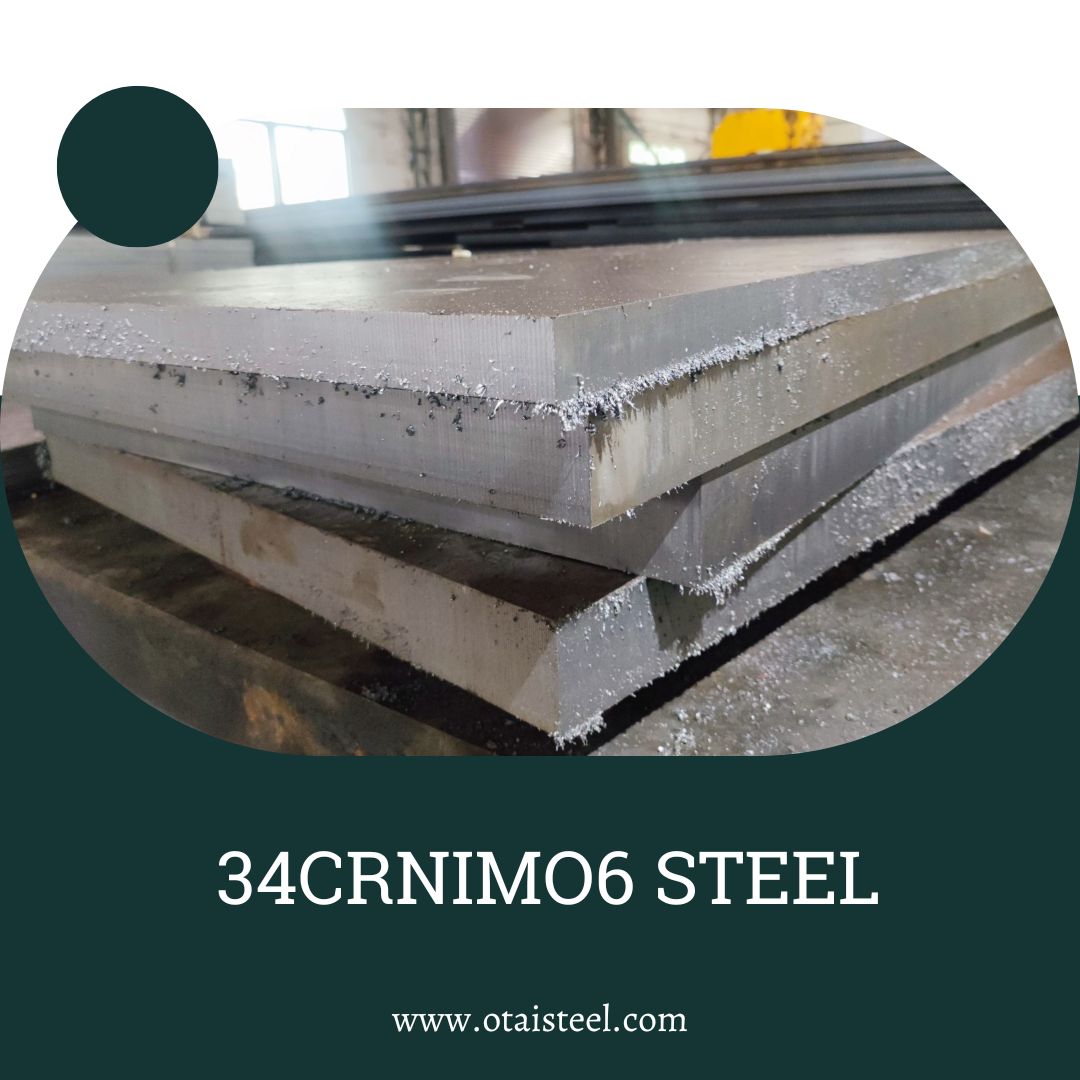 34CrNiMo6 steel is a popular choice in many applications, and understanding its mechanical properties is crucial for engineering and manufacturing. In this article, we’ll delve into the mechanical properties of 34CrNiMo6 steel, shedding light on its strength, toughness, and suitability for different applications.
34CrNiMo6 steel is a popular choice in many applications, and understanding its mechanical properties is crucial for engineering and manufacturing. In this article, we’ll delve into the mechanical properties of 34CrNiMo6 steel, shedding light on its strength, toughness, and suitability for different applications.
Composition of 34CrNiMo6 Steel
Before we delve into the mechanical properties of 34CrNiMo6 steel, it’s essential to understand its composition. 34CrNiMo6 is a chromium-nickel-molybdenum alloy steel. Its chemical composition typically includes:
- Carbon (C): 0.30-0.38%
- Silicon (Si): 0.50-0.90%
- Manganese (Mn): 0.50-0.80%
- Chromium (Cr): 1.30-1.70%
- Molybdenum (Mo): 0.15-0.30%
- Nickel (Ni): 1.30-1.70%
This composition imparts specific properties to the steel, making it suitable for various applications.
Mechanical Properties
Mechanical properties are essential factors when considering the use of steel in different applications. Let’s explore the key mechanical properties of 34CrNiMo6 steel:
- Tensile Strength: Tensile strength is a measure of a material’s resistance to a force attempting to stretch it. In the case of 34CrNiMo6 steel, it exhibits a high tensile strength ranging from 950 MPa to 1150 MPa. This high tensile strength makes it an excellent choice for applications that require materials capable of withstanding substantial loads and stresses.
- Yield Strength: Yield strength is the point at which a material begins to deform plastically. 34CrNiMo6 steel typically has a yield strength in the range of 750 MPa to 950 MPa. This property ensures that the material can withstand substantial stress without permanent deformation.
- Elongation: Elongation is a measure of a material’s ability to deform before fracture. 34CrNiMo6 steel typically has an elongation of about 13-15%, indicating its capacity to absorb energy before failing.
- Impact Toughness: Impact toughness is crucial in applications where materials are subjected to sudden loads or impacts. 34CrNiMo6 steel exhibits good impact toughness, with values reaching 35 Joules at -20°C. This quality makes it suitable for applications where resilience is vital.
- Hardness: 34CrNiMo6 steel can be heat-treated to achieve specific hardness values. Heat treatment processes like quenching and tempering can be employed to modify the hardness as per the requirements of the application.
Heat Treatment of 34CrNiMo6 Steel
To enhance its mechanical properties, 34CrNiMo6 steel can undergo heat treatment processes, such as quenching and tempering. These processes involve heating the steel to a specific temperature and then rapidly cooling it to achieve the desired properties. Heat treatment allows for fine-tuning the material’s hardness, strength, and toughness.
Applications of 34CrNiMo6 Steel
The impressive mechanical properties of 34CrNiMo6 steel make it suitable for various demanding applications. Some common areas of use include:
- Gears: In gear manufacturing, especially in applications that require heavy-duty gearing systems.
- Shafts: The steel’s combination of strength and toughness makes it an excellent choice for manufacturing shafts used in various machinery and industrial equipment.
- Aerospace: In the aerospace industry, where materials must withstand extreme conditions and high stress, 34CrNiMo6 is utilized in the production of critical components.
- Automotive: Automotive applications, such as drivetrain components, benefit from the material’s high strength and resilience.
- Heavy Machinery: 34CrNiMo6 steel is employed in the construction of components for heavy machinery where durability and reliability are paramount.
34CrNiMo6 steel is renowned for its exceptional mechanical properties, including high tensile strength, yield strength, elongation, impact toughness, and hardness. These properties make it an excellent choice for applications that require materials capable of withstanding heavy loads and impacts. Understanding the mechanical properties of 34CrNiMo6 is essential for engineers, manufacturers, and designers when selecting materials for various industrial and engineering applications.
